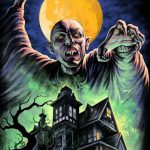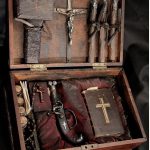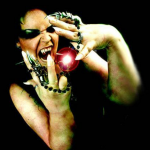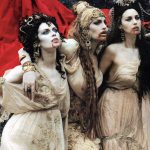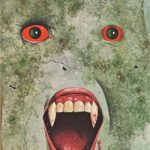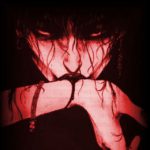Relation with human living vampires
The three species of actual vampire bats are all endemic to Latin America, and there is no evidence to suggest that they had any Old World relatives within human memory. It is therefore extremely unlikely that the folkloric vampire represents a distorted presentation or memory of the bat.
The bats were named after the folkloric vampire rather than vice versa. During the 16th century the Spanish conquistadors first came into contact with vampire bats and recognized the similarity between the feeding habits of the bats and those of their legendary vampires.
The Oxford English Dictionary records the folkloric use in English from 1734 and the zoological not until 1774. It was not long before vampire bats were adapted into fictional tales, and they have become one of the more important vampire associations in popular culture.
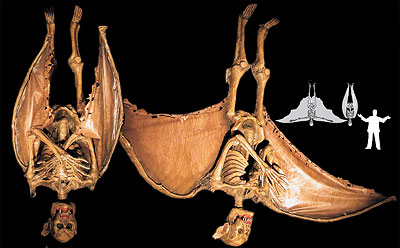
Bats were associated with the mysterious and the supernatural long before Stoker’s novel appeared in print. As creatures of the night, bats fit in well with the motifs of Gothic fiction. A bat-like vampire appears, for example, as an illustration in the novel “Varney the Vampire”, which appeared fifty years before “Dracula”.
While he was working on his novel in the 1890s, Stoker came across a clipping in a New York newspaper concerning vampire bats which directly influenced the following comment by Quincey Morris in “Dracula”:
“I have not seen anything pulled down so quick since I was on the Pampas and had a mare … One of those big bats that they call ‘vampires’ had got at her during the night and … there wasn’t enough blood in her to let her stand up.”
Stoker obviously did not know the fact that the vampire bat is quite small. Today, horror movie depiction’s of vampire bats often use flying foxes as models because larger they are easier to photograph. This contributes to the public perception of vampire bats as large, terrifying animals.
But animals that feed on blood, whether they are insects, leeches or bats, tend to be small because blood is a precious commodity and hard to obtain in large amounts.
Stoker’s major contribution to the association of vampires with bats was his introduction of the idea that a vampire could shapeshift into the form of a bat (as well as a wolf and mist). For example, in his pursuit and seduction of Lucy, Count Dracula frequently morphs into the form of a large bat which flaps at her window.



